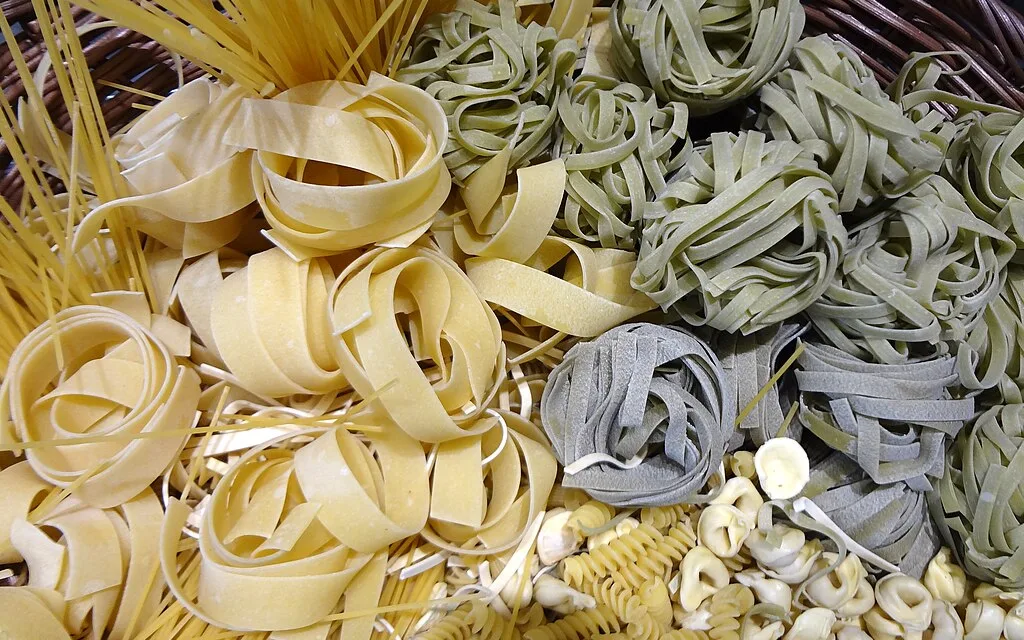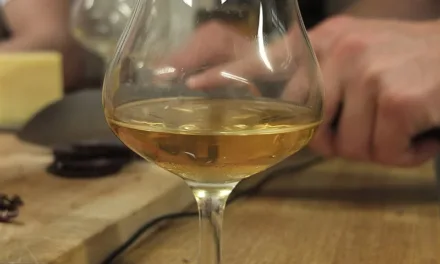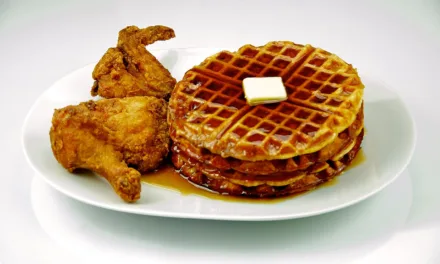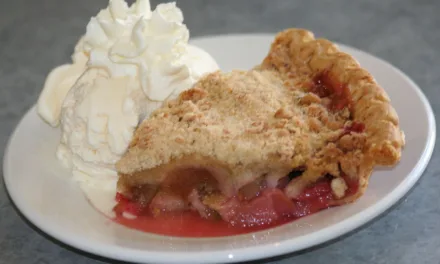Pasta is a staple food in many cuisines, especially Italian, made primarily from wheat flour (usually durum wheat) mixed with water or eggs, and shaped into various forms. After shaping, pasta is boiled or baked, then served with sauces, vegetables, meat, or cheese. Its versatility makes it a beloved dish worldwide.
Types of Pasta
Pasta comes in two main categories:
- Dried (Pasta Secca): Mass-produced, has a long shelf life, and is commonly used in many everyday recipes.
- Fresh (Pasta Fresca): Made with eggs and flour, often softer and cooked quickly; it’s popular in regions of Italy for dishes like tagliatelle and ravioli.
Popular Pasta Shapes and Their Uses
- Long and thin: Spaghetti, linguine, fettuccine – ideal with light tomato or cream-based sauces.
- Short and tubular: Penne, rigatoni, ziti – perfect for chunkier sauces or baked dishes.
- Flat or ribbon-like: Pappardelle, tagliatelle – works well with hearty meat sauces.
- Stuffed pasta: Ravioli, tortellini – filled with cheese, vegetables, or meat.
- Small shapes: Orzo, farfalle, ditalini – often used in soups or salads.
Serving Pasta
- Sauces: Classic pairings include marinara, Alfredo, carbonara, and pesto.
- Garnishes: Parmesan cheese, basil, olive oil, or cracked black pepper.
- Cultural Variations: While Italian pasta is famous, other regions have similar dishes like ramen (Japan) or noodle-based stir-fries (China).
Nutrition and Diet
Pasta provides carbohydrates for energy and is a good source of folate and selenium. Whole wheat varieties offer more fiber. It can be part of balanced diets or adapted to gluten-free versions for dietary needs.
Pasta’s versatility means it can be served in casual, quick meals or elevated into fine dining dishes, making it an essential food for many.
Image from Wikipedia






Recent Comments